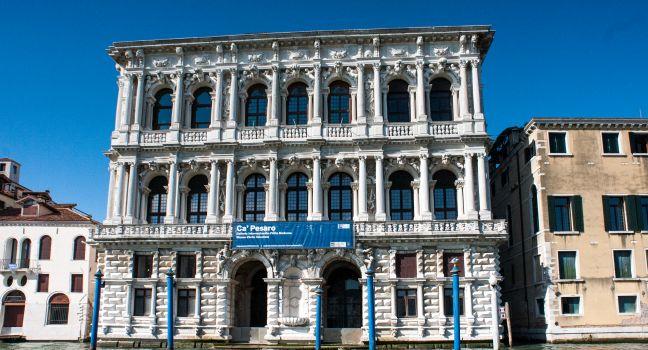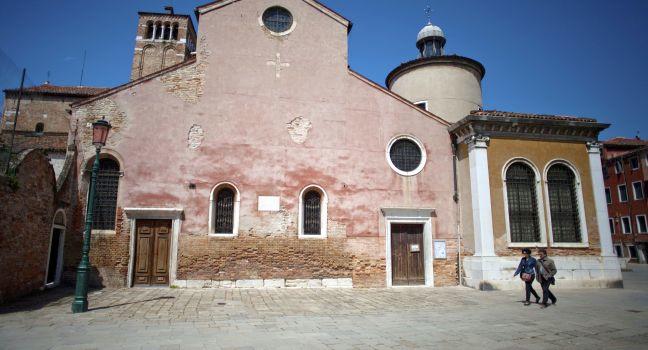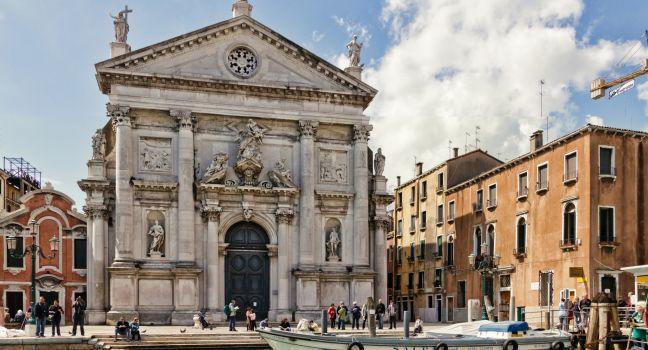Ca' Pesaro

Baldassare Longhena's grand Baroque palace, begun in 1676, is the beautifully restored home of two impressive collections. The Galleria Internazionale d'Arte Moderna has works by 19th- and 20th-century artists, such as Klimt, Kandinsky, Matisse, and Miró. It also has a collection of representative works from the Venice Biennale that amounts to a panorama of 20th-century art. The pride of the Museo Orientale is its collection of Japanese art—and especially armor and weapons—of the Edo period (1603–1868). It also has a small but striking collection of Chinese and Indonesian porcelains and musical instruments.





